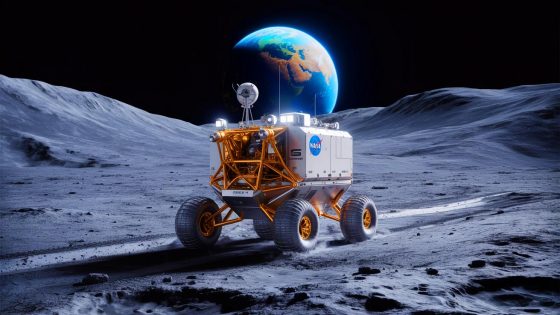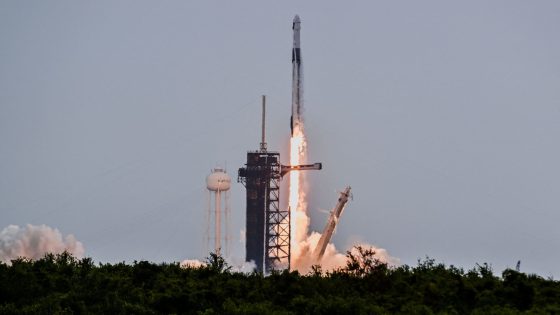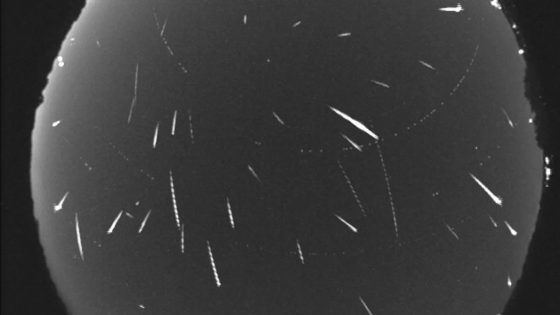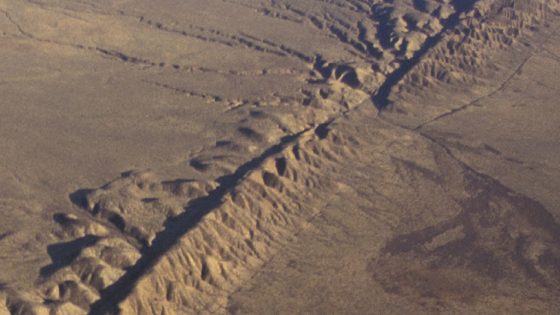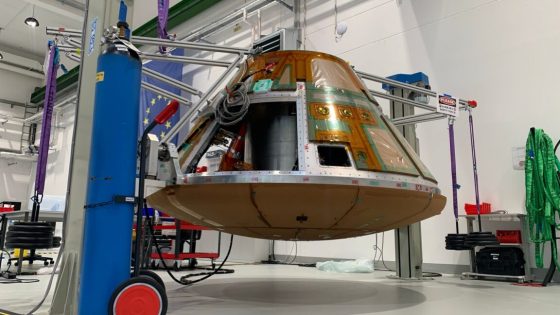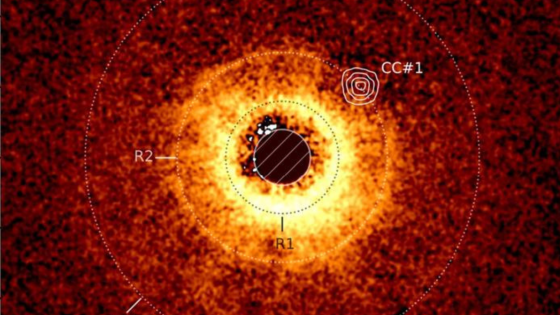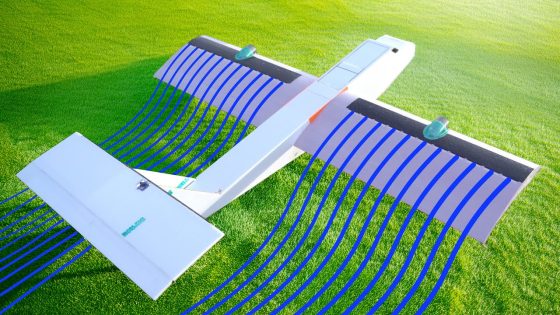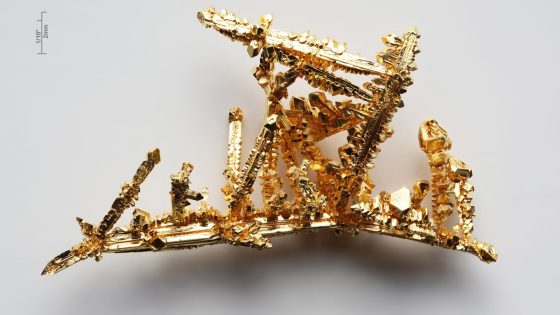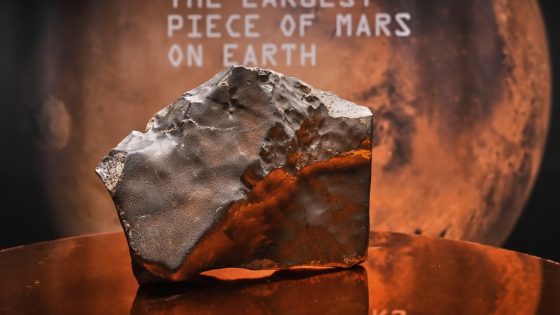The Artemis mission is set to transform lunar exploration, focusing on the moon’s south polar region. Scheduled for deployment on 2025-07-15 15:15:00, this initiative will utilize advanced tools to uncover the moon’s hidden secrets.
- NASA's Artemis mission explores moon's south pole.
- Lunar Terrain Vehicle carries advanced scientific instruments.
- AIRES detects minerals and volatiles on lunar surface.
- L-MAPS uses radar to find buried ice.
- UCIS-Moon assesses human impact on the moon.
- Mission prepares for future Mars exploration.
NASA’s innovative approach includes the Lunar Terrain Vehicle (LTV) equipped with cutting-edge instruments designed to map minerals and assess resources. These efforts not only aim to enhance our understanding of the moon but also prepare for future human missions to Mars.
The integration of sophisticated tools like the Artemis Infrared Reflectance and Emission Spectrometer (AIRES) and the Lunar Microwave Active-Passive Spectrometer (L-MAPS) raises intriguing questions about lunar geology. How will these findings influence our understanding of resource availability for human habitation? Consider these points:
- AIRES will map lunar minerals and volatiles, crucial for future missions.
- L-MAPS can penetrate the surface to search for buried ice.
- The Ultra-Compact Imaging Spectrometer will assess human impact on the moon.
- Data collected will inform astronaut safety and mission planning.
As we stand on the brink of this new era, the discoveries from Artemis could redefine our approach to space exploration. Will we unlock the moon’s secrets and pave the way for sustainable human presence beyond Earth?



